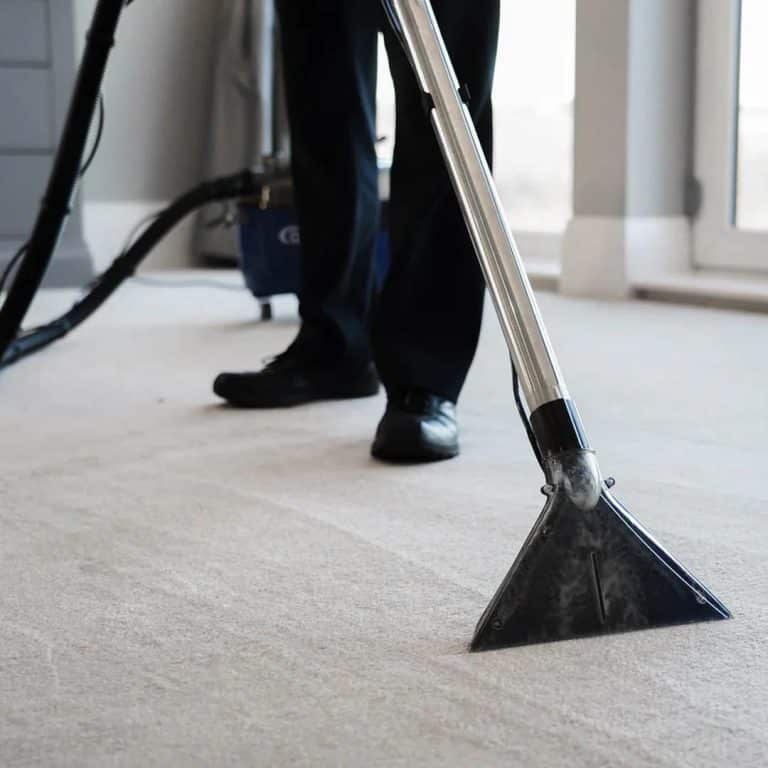The work-from-home revolution has been gaining stature since the coronavirus pandemic when millions of workers were legally obligated to remain in place – in turn, accelerating a totemic shift in the way we work. The popularity of remote working has made it difficult for employers to bring their staff back to the office; it cannot be denied that working from home provides more comfort for many than the office. What, then, can employers do to address their workspaces and make for a more comfortable working environment?
Ergonomics
The most important consideration for rendering your business premises employee-friendly is, of course, safety. There are airtight regulations in place to protect the nation’s workers from hazardous elements and situations, overseen by the Occupational Health and Safety Administration (OSHA). While the most immediate hazards that come to mind relate to working from height, with dangerous tools, or with electricity, a far more common and pernicious risk presents in the form of musculoskeletal disorder.
Ergonomics are a key provision for administrative and office workers, where something as innocuous as poor posture can lead to a wide variety of debilitating and painful conditions. Comfortable, ergonomic seating is the bare minimum an office should offer to ensure employee comfort.
Temperature
Temperature is another key thought regarding office comfort, often being the most noticeable facet of an office environment when it comes to workers. Cold offices are distracting to a fault, especially where small space heaters are inefficient and ineffective at improving things for individuals. Hot offices, meanwhile, are stuffy and uncomfortable – with similar distracting tendencies and little opportunities for individual recourse.
The best solution would be an integrated AC system that can regulate temperature across spaces and rooms. Sensors from a wholesaler like RS Americas would enable the system to run relatively autonomously, while numerous smaller units would allow more granular control of temperature from space to space.
Lighting and Color
The visual aspect of the office cannot be ignored, either. Employees need adequate and comfortable light in which to work – and fluorescent lights are not enough to provide a comfortable and engaging environment. Natural light should be utilized where possible, as should warm task lighting for a comfortable desk experience.
Layout
On a more essential level, how you lay out your office space can have a dramatic impact on the comfort and productivity of your staff. The efficacy of a given layout schema will depend on the nature of your business, but there are some general considerations you might take into account to improve things for your workers.
Cubicle offices fell very much out of fashion in the 21st century, but there is something to be said for providing your workers with individual private spaces to work and focus. The trick is in offsetting private working spaces with communal environments for collaboration and social engagement; as well as partitioning off individual office spaces, you might also consider creating breakout spaces with comfortable sofas and hot desks, where workers can choose to spend their day instead of between partitions.









